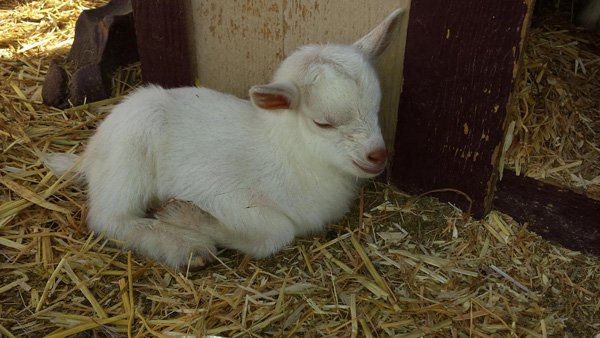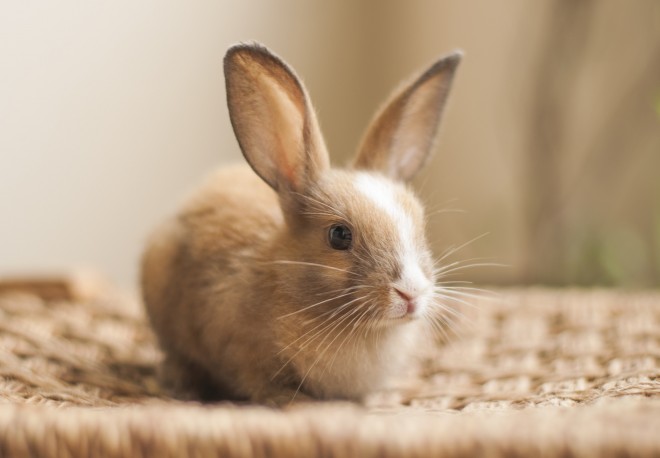
The beautiful Ocelot is a wild cat of the Americas. Leopardus Pardalis, it is also known as 'Painted Leopard', 'Manigordo' and 'McKenney's Wild Cat'. Twice as large as a domestic cat, it can be nearly five feet long (including tail) and weigh around twenty five to thirty pounds.
The beautiful Ocelot is a wild cat of the Americas. Leopardus Pardalis, it is also known as 'Painted Leopard', 'Manigordo' and 'McKenney's Wild Cat'. Twice as large as a domestic cat, it can be nearly five feet long (including tail) and weigh around twenty five to thirty pounds.
Ocelot's fur resembles that of Jaguar according to many people's opinion though to me it looks more like a small clouded leopard. Coat varies in color from cream/yellow in dry areas to dark yellow/brown in densely forested habitats. Markings are irregular, dark brown with a black border, in the form of spots and stripes along the body length. A nocturnal cat, Ocelot is often seen resting in tree branches and is known as a good swimmer. It is a very territorial feline and fiercely defends its territory from intruders - often fighting till death!
Predominantly a terrestrial hunter, Ocelot usually takes down smaller prey animals including rodents, monkeys, small deer and fish. It has a keen nocturnal vision and is also believed to use scent to track down prey. A solitary cat, Ocelot can have a range of several square miles in the wild. They have a long gestational period as a specie and produce a small litter with slow maturation and high death rate among kittens - something that does not help their numbers in the wild.
Historically Ocelots have been widely hunted and prized for their coat. Young cubs were also trapped and mothers killed, to steal them for the 'pet' industry. Afterwards they were de-clawed, de-fanged and de-scented to make them 'better pets' for humans! In the 1980s they were classified as endangered and thereafter the Ocelot trade lessened. Today they flourish again in parts of South and Central America, though certain subspecies including the Texan Ocelot, Leopardus Pardalis Albescens, is still classified as endangered by the IUCN!
 Measure Your Dog For A Harness In 5 Easy Steps
Download Dog - harness 1 - Royalty Free Stock Photofrom &c
Measure Your Dog For A Harness In 5 Easy Steps
Download Dog - harness 1 - Royalty Free Stock Photofrom &c
 A Combo of Chicken Runs and Coops – The Best for Your Bird Friends
A Combo of Chicken Runs and Coops – The Best for Your Bird
A Combo of Chicken Runs and Coops – The Best for Your Bird Friends
A Combo of Chicken Runs and Coops – The Best for Your Bird
 How Much Does It Cost To Keep A Pet Rabbit?
How Much Does It
How Much Does It Cost To Keep A Pet Rabbit?
How Much Does It
 How A Family Dog Can Help A Childs Development
How A Family Dog
How A Family Dog Can Help A Childs Development
How A Family Dog
 Does Your Dog Eat Poop ? How To Deal With Coprophagia In Dogs
Does Your Dog Eat
Does Your Dog Eat Poop ? How To Deal With Coprophagia In Dogs
Does Your Dog Eat
Copyright © 2005-2016 Pet Information All Rights Reserved
Contact us: www162date@outlook.com